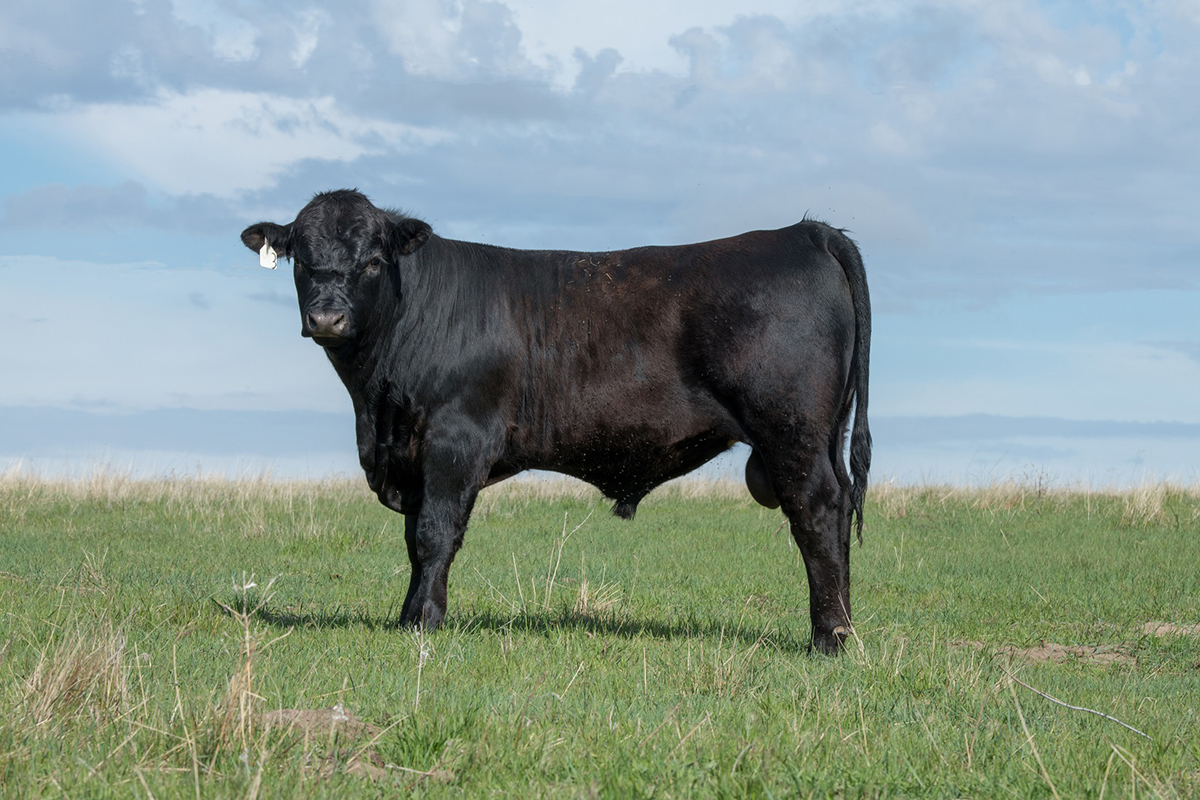
By Connor Biehler, Beef Systems Extension Educator
Profitability of cow-calf operations begins with high conception rates. Modern technologies such as artificial insemination or in vitro fertilization increase pregnancy rates when administered correctly. However, many commercial producers still utilize herd or clean-up bulls. This means conception rates are dependent on the bull as much as the cow — emphasizing the importance of making sure sires productively increase early-season conception rates.
Higher percentages of calves conceived in the early portion of breeding season produces greater pounds at weaning, generating greater income when the calf crop is marketed. The best way to test a bull’s productivity is through Breeding Soundness Exams (BSE).
BSE should be conducted by your veterinarian 60–75 days prior to bull turn-out. Conducting the test during this period allows ample time to replace unsound bulls or retest any questionable bulls prior to breeding. A BSE is a snapshot in time and liable to change. After a long, cold winter, like the one experienced throughout the Midwest this past year, bulls might have experienced damage to their external sex organs and should be tested even if they were tested in the fall.
A BSE begins with a physical examination to determine soundness of feet and legs, examining external and accessory sex organs and evaluating the motility (movement) and morphology (shape) of sperm cells under a microscope. The objective is to identify problematic bulls that fail to meet the minimum standard. Generally, 75% of bulls tested meet requirements. This procedure does not evaluate a bull’s breeding behavior. Instead, BSE informs producers he is biologically equipped to cover cows and does not examine sexual behavioral traits such as libido, mating ability and social adaptability with other bulls in mating environment. These behaviors should be observed during breeding season.
When testing, make sure to allocate proper time. BSEs are time-consuming and rushing this process increases frustration and margin of error. Make sure slide examination of semen can be conducted indoors. Otherwise, cold weather may damage sperm motility and morphology. Testing for infectious diseases such as trichomoniasis is not routinely included in BSE. Visit with your local vet to see if testing for diseases is recommended.
FOR MORE INFORMATION
For more information on planning for breeding season, reach Connor Biehler at his office 402-424-8007 or his cell 402-413-8557. For more information on Nebraska Beef Extension, follow his twitter page @BigRedBeefTalk